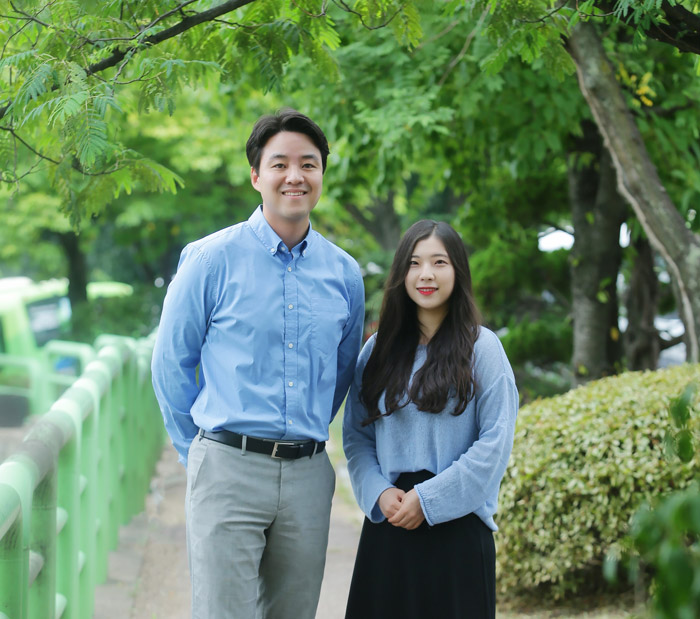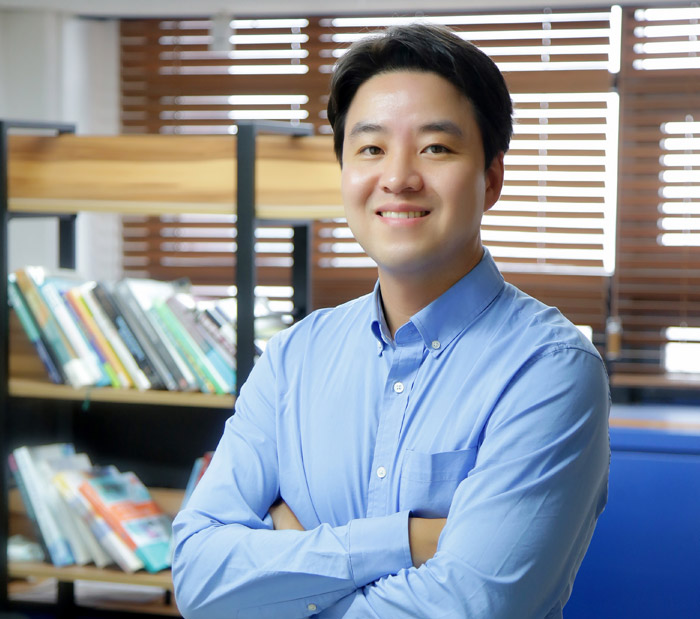Research Stories
Big data analytics for identifying student usage patterns and instructional strategies in an online learning platform
Conducting a study on AI online learning platform
Education
Prof.
KIM, DONGHO
A research team led by Dong ho Kim, an assistant professor in the Department of Education, analyzed account information and behavioral log data collected fromabout 100,000 students using an AI-based math learning platform “Algebra Nation,” by leveraging the learning analytics approach and constructed a prediction model to forecast student dropout in the platform. The team carried out a multilevel-Survival Analysis to explore relationships between student dropout and online activities. Their findings shed light on the behavioral characteristics of at-risk online students. They also provided instructional strategies that can be adopted by teachers who want to boost student engagementin online learning platforms.
Their work has recently been published in Computers and Education, one of top journals globally recognized as an outlet for research in education. The workhas received a great deal of attention from researchers as we are in face ofthe rapid growth of online learning in all education sectors. Prof. Dongho Kimhas engaged in the area of AI-based online learning platforms. His work focuses on applying a variety of educational technology theories to find out how to support students in technology-enhanced learning environments.
“In the non-contact era, growing attention will be paid to online platformsd esigned to help students who are physically separated from their instructor.” JungwonLee, a graduate student in the Prof. Kim’s research team, said. Jungwon Lee is developing an AI chatbot for pre-service teachers to learn how to teach their students.


